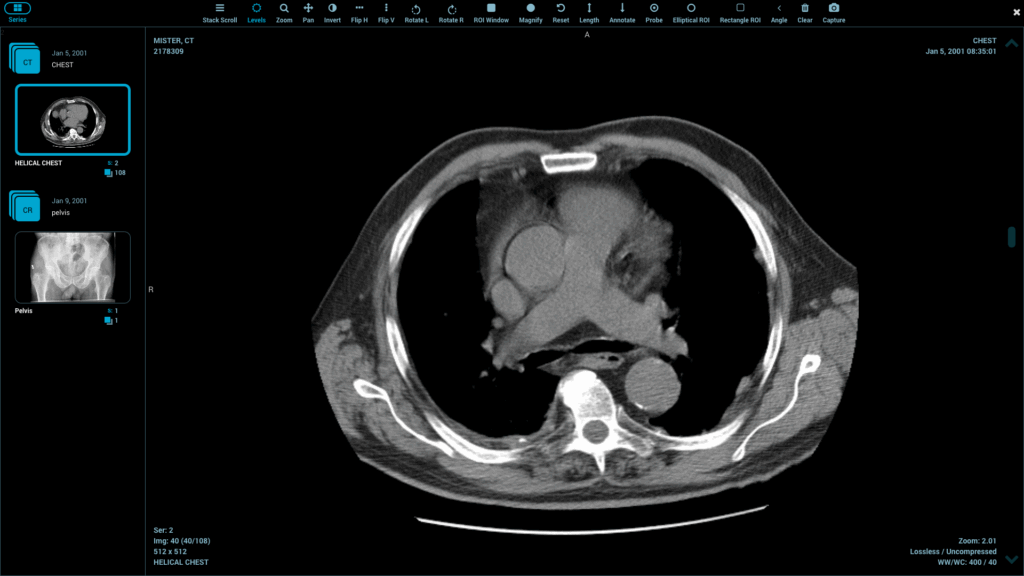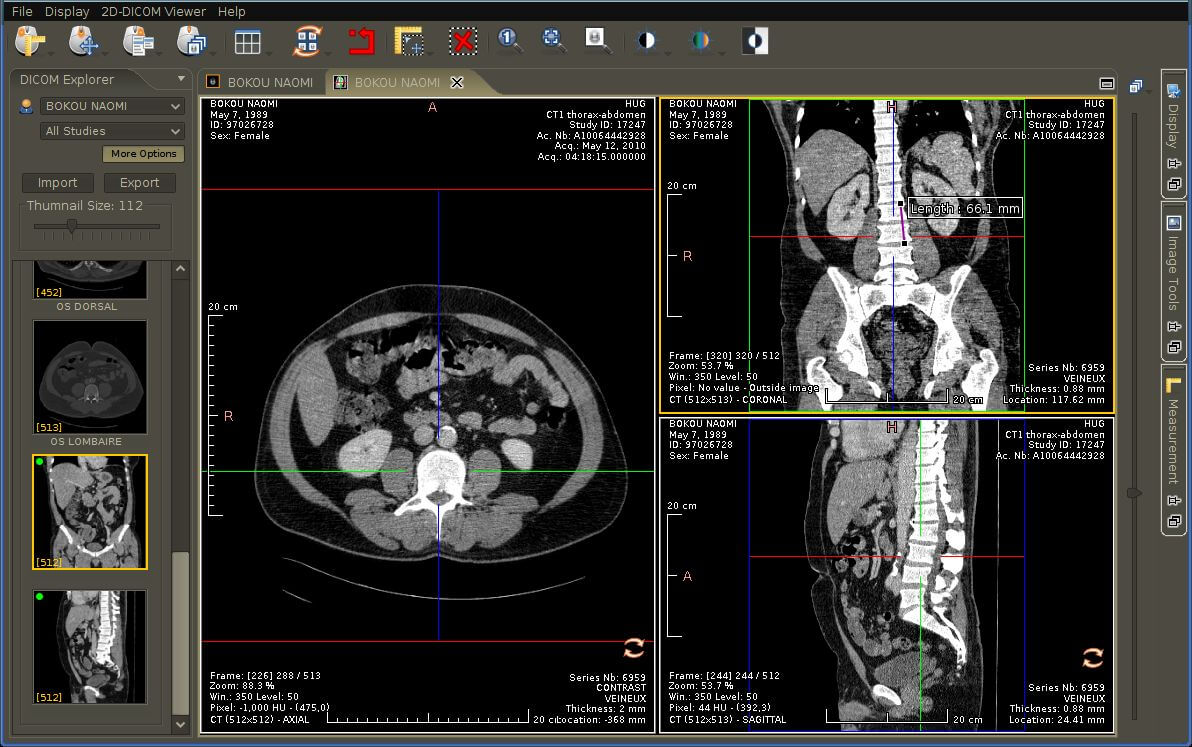When you need to access your X-rays, MRIs, or CT scans from anywhere, a DICOM image viewer online offers convenience that traditional methods can’t match.
But not all platforms provide the same level of security for your sensitive medical information. Understanding what protective features to look for can help you keep your health data safe while enjoying the benefits of digital access.
Why Security Matters for Medical Images?
Your medical images contain highly personal information. Beyond showing internal body structures, they’re linked to your identity, medical history, and diagnostic details. This sensitivity makes them prime targets for data breaches.
In 2024 alone, healthcare data breaches exposed over 88 million records, with medical imaging data among the most valuable on black markets. Hackers can use this information for identity theft, insurance fraud, or even blackmail.
Essential Security Features to Look For
End-to-End Encryption
End-to-end encryption forms the foundation of any secure platform. This technology ensures your medical images remain scrambled and unreadable during transmission and storage, with only authorized users holding the digital “keys” to view them.
Look for platforms that use at least 256-bit AES encryption, currently considered the gold standard. Without proper encryption, your sensitive medical images could be intercepted during transfer or accessed by unauthorized personnel.
Access Controls and Authentication
Strong authentication prevents unauthorized people from viewing your medical images. Secure platforms should offer:
| Authentication Feature | Why It Matters |
| Multi-factor authentication | Adds an extra verification layer beyond passwords |
| Role-based access | Ensures only appropriate medical staff can view specific images |
| Automatic timeout | Logs users out after periods of inactivity |
“Having multi-factor authentication reduced unauthorized access attempts by 99.9%,” according to Microsoft’s security research, making it one of the most critical features to look for.
HIPAA Compliance
Any platform handling medical information should comply with healthcare privacy regulations. In the US, this means HIPAA compliance is non-negotiable. HIPAA-compliant services implement specific safeguards to protect your information, including:
- Regular security assessments
- Staff training on privacy practices
- Breach notification protocols
- Detailed access logs
When evaluating a platform, check if they openly state their HIPAA compliance status and can provide documentation upon request.
Usability Without Compromising Security
A secure platform doesn’t have to be difficult to use. The best services balance strong protection with user-friendly interfaces. Look for:
- Intuitive design that’s easy to navigate even for non-technical users
- Cross-device compatibility so you can access images securely from computers, tablets, or smartphones
- Zero-download options that don’t require installing potentially vulnerable software
Remember, if a platform is too complicated to use, you might be tempted to take shortcuts that compromise security, like taking screenshots of medical images and storing them insecurely.
Data Ownership and Control
Your medical images belong to you, and secure platforms respect this fact. Before using any service, verify their policies on:
Image Retention
How long will the platform store your images? Can you delete them permanently when needed? The best services give you complete control over your data lifecycle.
Third-Party Sharing
Secure platforms limit data sharing with outside entities and make their policies transparent. Check if the service sells or shares your information with marketers, researchers, or other third parties.

Warning Signs to Watch For
Be cautious of platforms that:
- Don’t mention security on their website
- Require unnecessary personal information
- Lack of clear privacy policies
- Store your login credentials
- Haven’t updated their security features recently
Regular Security Updates
Medical cybersecurity threats evolve constantly. The most secure platforms conduct regular security audits and update their systems to address new vulnerabilities.
Look for services that are transparent about their update schedule and security improvements. A platform that hasn’t mentioned security updates in years might be neglecting crucial protections.
Final Thoughts
Finding a secure DICOM image viewer online requires striking a balance between convenience and robust security features.
By prioritizing encryption, strong authentication, and regulatory compliance, you can protect your sensitive medical imaging data while still enjoying the benefits of digital access.
Remember that convenience should never come at the expense of your privacy and security, especially when it comes to your health information.











